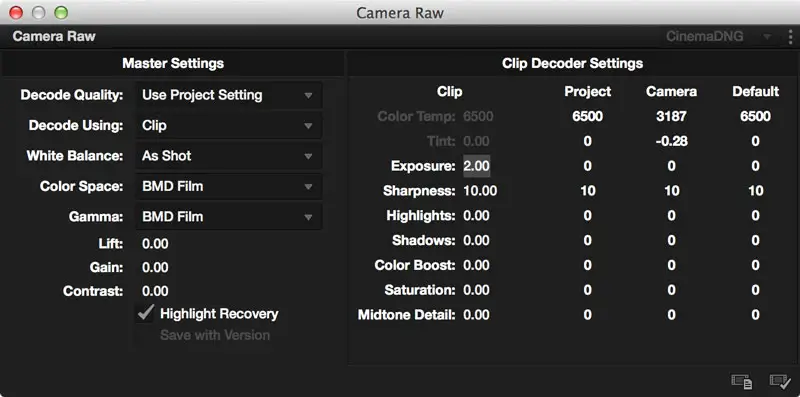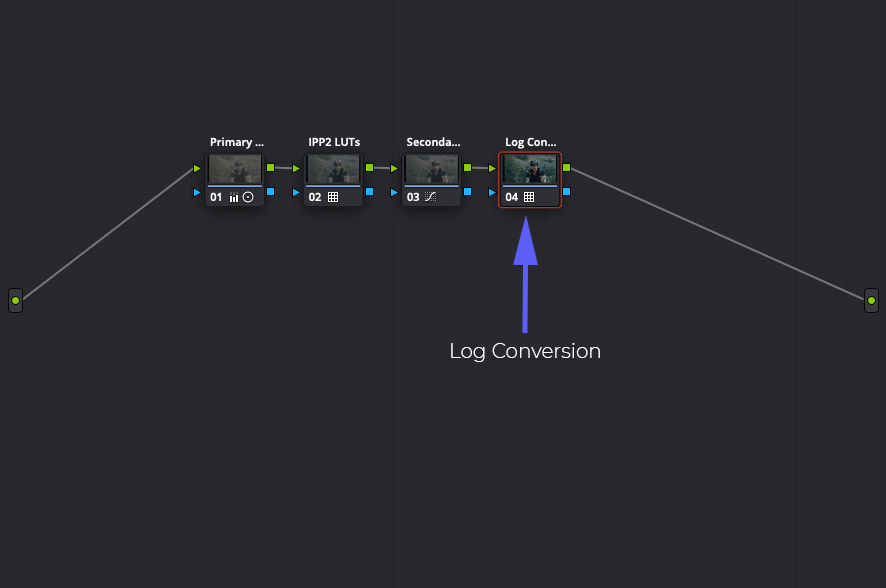

Now you can continue with further editing your clips. This will save you the effort to add the look-up table every time you add a new clip on your timeline.Įither way, when the effect is applied, you should be able to see the same stylised look you’ve got in DaVinci Resolve.

In the window, you need to locate and pick the LUT you’ve just created.Īlternatively, you can add an Adjustment Layer on top of your clips and drop the Lumetri Effect there instead. Drag and drop the Lumetri effect onto your clip.

Open your S-Log clips in Premiere Pro, navigate to the Effects Panel and type Lumetri. All you have to do is to color-grade your shot as you normally would, and then right-click on the thumbnail of your file, and click on Generate 3D LUT.

Thankfully, Resolve makes it really easy to create a LUT. After you get rid of the flat and washed out look of your footage, you can export a custom table from DaVinci Resolve. Adjusting S-Curves, brightness, contrast and colour saturation of your clips is a good place to start. This is great because it allows you to create a particular look that you can apply very quickly eliminating the necessity to render all of the clips after applying the initial colour corrections. The beauty of using look-up tables is that you don’t have to create a separate one for each clip. Here’s a quick tutorial produced by Make Your Media that demonstrates how to apply a custom look-up table in Premiere Pro CC. You can either import and edit your clips directly in DaVinci Resolve, or you can do some initial colour grading of the footage, generate a custom 3D LUT and apply it in your NLE of choice. In terms of workflow, there are a couple of options you have when dealing with Log recording. One of the biggest drawbacks in this particular situation, however, is that inevitably you have to apply a look-up table (LUT) to your footage or, at least, do some basic colour adjustments in order to be able to display the images accurately in Rec.709 colour space on your production monitor. Generally, enabling this mode lets you take advantage of the full dynamic range of your camera whether it’s a Red Dragon, Sony FS-7, Arri Alexa, Canon C300, Sony A7s or any other camera capable of shooting Log. Shooting in S-Log is one of the most common traits of achieving a cinematic look.


 0 kommentar(er)
0 kommentar(er)
